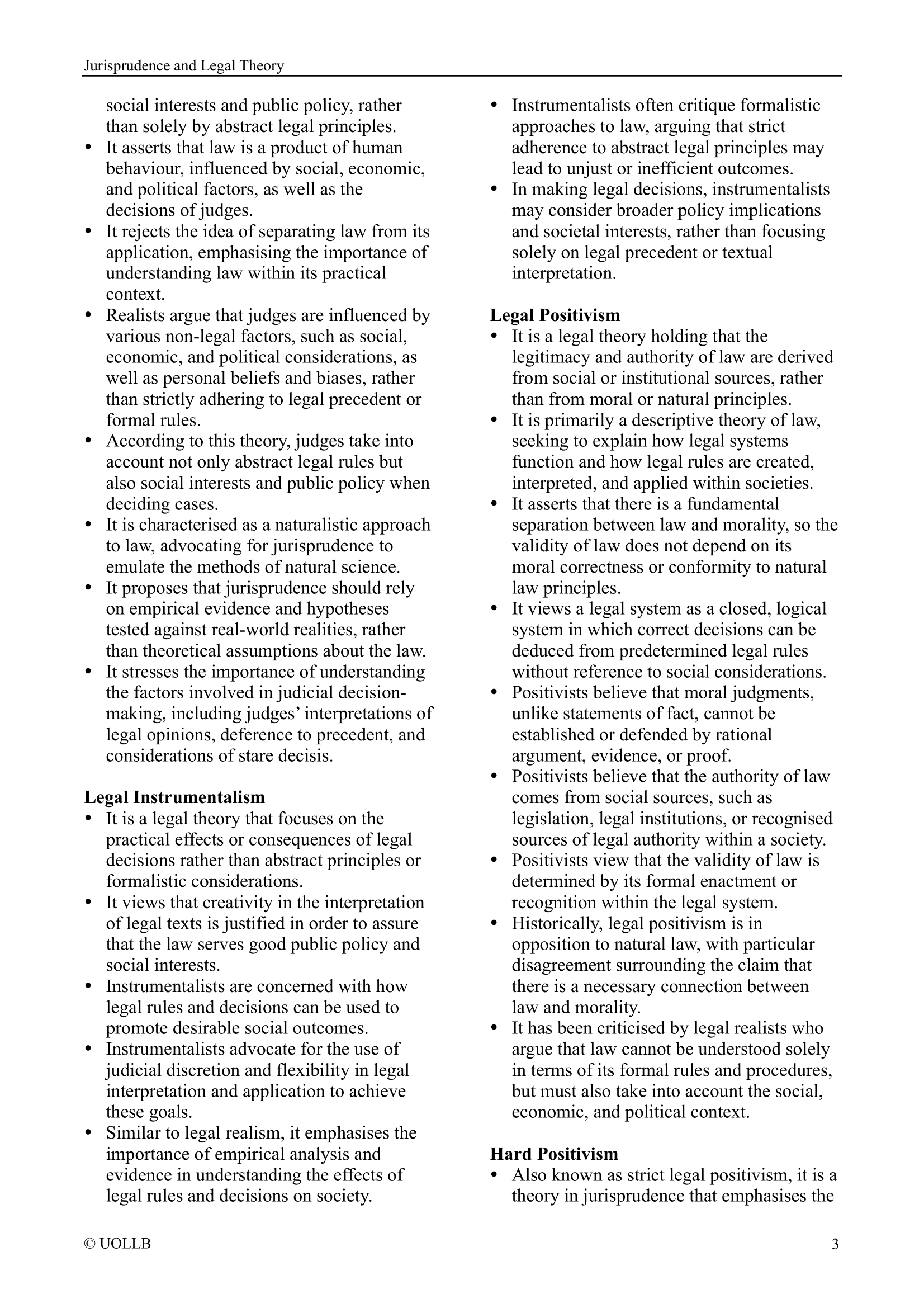Lord Chief Justice vs Lord Chancellor
Share
The legal and judicial system of England and Wales is governed by a complex web of roles and responsibilities, each serving a unique and vital function in upholding the rule of law. The Constitutional Reform Act 2005 changed the roles of judges, creating the position of president of the Supreme Court of the United Kingdom and altering the duties of the Lord Chief Justice and Lord Chancellor. While both still hold influential positions, their roles and functions are distinct, reflecting a division of powers and responsibilities established through constitutional reform.
Lord Chief Justice (LCJ)
The LCJ is the head of the judiciary of England and Wales and the president of the Courts of England and Wales. The LCJ plays a crucial role in judicial administration, making decisions on the assignment of judges to various cases and courts. The LCJ is responsible for representing the judiciary, maintaining its independence, and ensuring that the courts operate effectively and efficiently. The LCJ also serves as a member of the Judicial Appointments Commission, which is responsible for appointing judges to various levels of the judiciary. Prior to the Constitutional Reform Act 2005, the LCJ was the second-most senior judge of the Courts of England and Wales, surpassed only by the Lord Chancellor. The LCJ serves as president of the Criminal Division of the Court of Appeal and head of criminal justice, but under the 2005 Act, this position can be taken up by another judge.
Lord Chancellor
The Lord Chancellor is a senior government minister responsible for the justice system and is appointed by the sovereign on the advice of the Prime Minister. Historically, the Lord Chancellor combined the roles of both a senior government minister and the head of the judiciary. However, this changed significantly with the Constitutional Reform Act 2005, which removed the Lord Chancellor's role as head of the judiciary and transferred those responsibilities to the LCJ, making it a purely executive office, with no judicial role. The Act also established the Ministry of Justice as a separate government department, with the Lord Chancellor responsible for overseeing it. The Lord Chancellor is still responsible for representing the interests of the legal profession within the government and ensuring the rule of law. He may also be involved in making appointments to the judiciary, but this is done in consultation with the LCJ and the Judicial Appointments Commission.
In summary, the LCJ is the head of the judiciary and plays a crucial role in the administration of justice, while the Lord Chancellor is a senior government minister with responsibilities related to the justice system but no longer holds the role of head of the judiciary. The separation of these roles was part of a broader constitutional reform in the UK to ensure the independence of the judiciary from the government.
Lord Chief Justice (LCJ)
The LCJ is the head of the judiciary of England and Wales and the president of the Courts of England and Wales. The LCJ plays a crucial role in judicial administration, making decisions on the assignment of judges to various cases and courts. The LCJ is responsible for representing the judiciary, maintaining its independence, and ensuring that the courts operate effectively and efficiently. The LCJ also serves as a member of the Judicial Appointments Commission, which is responsible for appointing judges to various levels of the judiciary. Prior to the Constitutional Reform Act 2005, the LCJ was the second-most senior judge of the Courts of England and Wales, surpassed only by the Lord Chancellor. The LCJ serves as president of the Criminal Division of the Court of Appeal and head of criminal justice, but under the 2005 Act, this position can be taken up by another judge.
Lord Chancellor
The Lord Chancellor is a senior government minister responsible for the justice system and is appointed by the sovereign on the advice of the Prime Minister. Historically, the Lord Chancellor combined the roles of both a senior government minister and the head of the judiciary. However, this changed significantly with the Constitutional Reform Act 2005, which removed the Lord Chancellor's role as head of the judiciary and transferred those responsibilities to the LCJ, making it a purely executive office, with no judicial role. The Act also established the Ministry of Justice as a separate government department, with the Lord Chancellor responsible for overseeing it. The Lord Chancellor is still responsible for representing the interests of the legal profession within the government and ensuring the rule of law. He may also be involved in making appointments to the judiciary, but this is done in consultation with the LCJ and the Judicial Appointments Commission.
In summary, the LCJ is the head of the judiciary and plays a crucial role in the administration of justice, while the Lord Chancellor is a senior government minister with responsibilities related to the justice system but no longer holds the role of head of the judiciary. The separation of these roles was part of a broader constitutional reform in the UK to ensure the independence of the judiciary from the government.

























































